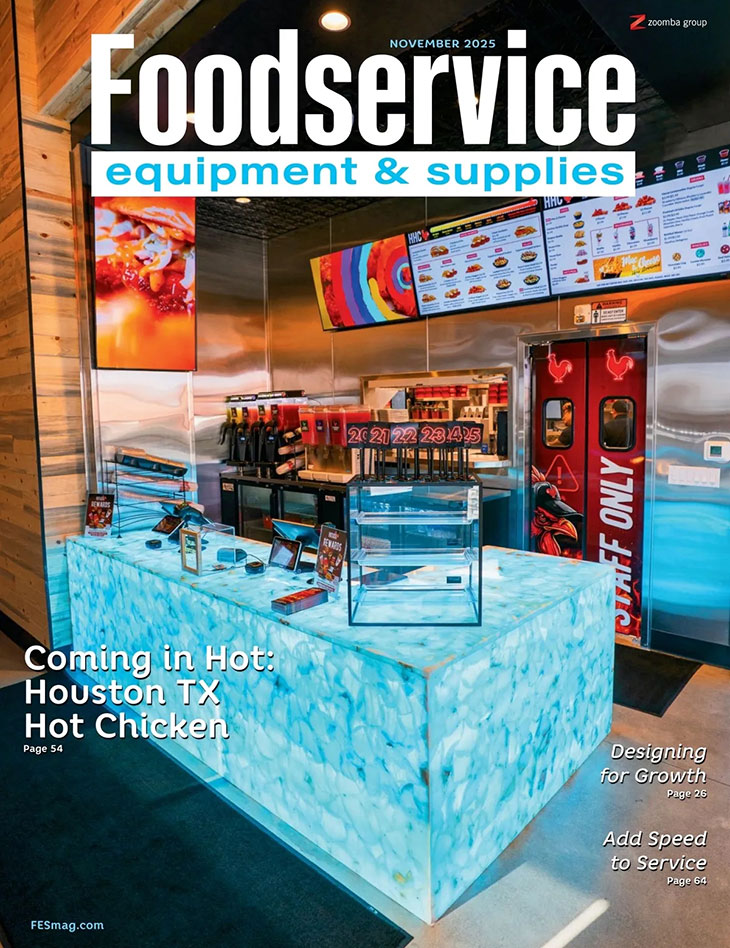There’s no denying that the COVID-19 pandemic has impacted nearly every facet of foodservice. Trends like delivery and ghost kitchens, which were already on the rise, accelerated in response to dining room closures across the country.
 Joe McQuaid | Senior Director of Ecommerce Parts Town Addison, Ill. This email address is being protected from spambots. You need JavaScript enabled to view it.
Joe McQuaid | Senior Director of Ecommerce Parts Town Addison, Ill. This email address is being protected from spambots. You need JavaScript enabled to view it.
Another trend has also come more into focus: connectivity.
IoT, or Internet of Things, allows digital devices to communicate with one another via an internet connection without requiring human intervention. In a commercial kitchen, that means a piece of equipment could connect seamlessly with another unit or point-of-sale software. The impact of IoT could help bring a connected and automated kitchen to its full potential.
Picture a connected kitchen where prep equipment could communicate with cooking equipment to start preheating. And as cooking time winds down, an oven or fryer could alert a pickup cabinet to warm up an available compartment.
Imagine that when a delivery order is prepped, real-time updates could be sent to a foodservice operator’s POS system or delivery software. This could provide the customer access to accurate arrival and pickup times.
Statistics could also be sent to a kitchen operator’s smartphone to check the latest cook times, inventory and status of equipment. Warnings could alert staff when it becomes time to clean or service a piece of equipment. Authorized service agents could also receive alerts when a unit has a broken part that requires a repair.
This ultimate connected kitchen can help reduce downtime, increase efficiency, slash costs on utilities and repairs, and keep planned maintenance on schedule.
As an industry, are we there yet? Not quite.
While companies have introduced mobile apps, monitoring modules, advanced timers and other tech into the industry, they’re all stand-alone components and mostly on par with smart residential appliances.
The real value technology brings is data, but who will win the data aggregation battle?
That question spurs other complex questions:
- How do we get to a common language for sharing data?
- Who owns the data?
- How does the industry find common ground that lets us pull in all the valuable information from front of house through to back of house?
- How do we take all the advances we’re starting to see in the business-to-consumer world and make them viable in commercial kitchens?
- How do we get to a point where technology helps create personalized experiences?
- What is the real desire of the industry to answer all of these questions?
Some industry leaders believe that the company that solves the data language issue is going to win. But there’s no denying that this shift is going to take more than a single company.
It’s up to the entire industry to sit down, take stock of technology and determine what it can do for the industry as a whole. Once the industry comes to an agreement, we’ll need to commit to a change in how we think and act going forward.
Manufacturers have created equipment that cooks faster, takes up less space and is more flexible. But as we’ve seen during the pandemic, the pace of innovation increases exponentially to meet rising demands. The industry is at a point where we should talk more about data, who owns it and the brand experiences we can create from it. That’s how we’ll move forward.
So, who’s ready to talk?




